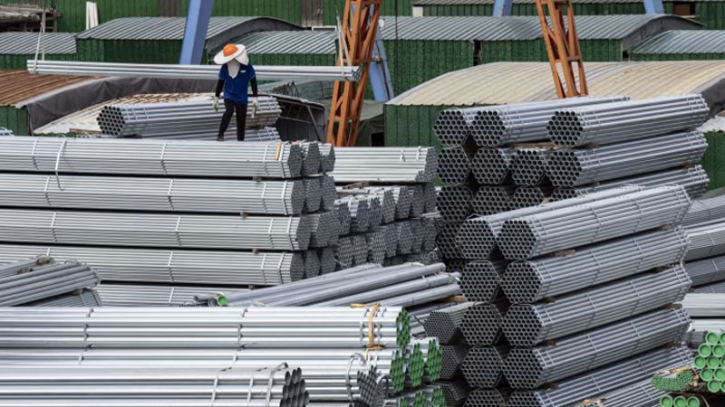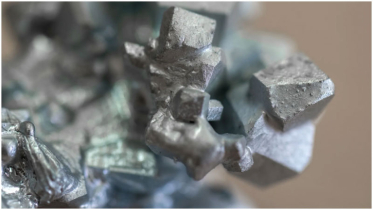Chinese steel exports to reach eight-year high

China’s steel exports are set to reach an eight-year high this year, inundating the world with low-cost supply and threatening to inflame global trade tensions.
Exports from China, the world’s biggest steel producer, are expected to top 100mn tonnes in 2024, the highest since 2016, according to Shanghai-based consultancy MySteel.
“Steel exports have been at historic highs so far this year,” said Vivian Yang, head of editorial at MySteel. She forecasted that total steel exports would be 100-101mn tonnes for the year as a whole, the third-highest ever.
A fall in domestic demand in China, which accounts for more than 50 per cent of global steel production, has led producers to export more material, mostly to countries in south-east Asia and increasingly to Europe.
“China has been flooding the world with steel and pushing prices down,” said Ian Roper, commodity strategist at Astris Advisory Japan, a consultancy.
Roper expected countries to retaliate in a bid to protect their domestic steelmakers from competition from the world’s biggest producer. “More and more trade cases” would be filed against China in the coming months, he said.
The cases could result in countries imposing steeper tariffs on Chinese steel, which faces duties in several nations.
A growing cohort of emerging market economies such as Mexico and Brazil have already raised tariffs this year, while others such as Vietnam and Turkey have launched new investigations.
The US tripled its tariffs on Chinese steel this year, while in May the EU launched an anti-dumping investigation into Chinese tin-coated steel products. Canada announced new tariffs on steel last week.
On Thursday, the China Iron and Steel Association, which represents the country’s big state-owned mills, urged steelmakers to end their “vicious competition” and accused them of “relying on ‘price wars’ to grab market share”.
The association’s China steel price index fell to a near eight-year low as of August 16. In Europe, spot prices for hot-rolled coil have fallen by nearly a fifth since the start of the year.
A slowdown in Chinese construction and economic activity has caused domestic demand to plummet, while steelmakers have been slow to curb their production, resulting in oversupply.
In a signal of Beijing’s concern over the issue, the Ministry of Industry and Information Technology in August suspended approvals for new steel plants.
China’s steel shipments to Europe are also expected to surge over the coming months, particularly for hot-rolled coil, which is used for products such as automobiles and machinery.
“We’ll see a spike in the coming months,” said Colin Richardson, steel lead at Argus Media, a commodity price data supplier, adding that China’s exports of hot-rolled coil have been rising for the past 12 months.
Although Europe places hefty tariffs on Chinese steel of at least 18.1 per cent, China’s domestic prices for hot-rolled coil have recently fallen to a point where they are cost competitive in Europe, even with the extra duties.
Daniel Hynes, senior commodities strategist at ANZ Research, the research arm of one of Australia’s largest banks, said Chinese steel producers, which typically exported between 7 and 10 per cent of their total production, had benefited this year from relatively strong demand in Europe and Asia.
“Particularly at the moment when we’re seeing producers in some of those regions, like Europe, for example, suffering from higher energy costs... that’s opened the door for Chinese steel producers,” Hynes said. He added though that there were some signs in recent months of a softening in global demand.
Baowu Steel Group, the world’s largest steelmaker, warned in August that the steel sector was facing a long, cold winter that would be worse than previous steel crises of 2008 and 2015.
China’s steelmakers are deeply in the red, accumulating losses of RMB2.8bn ($390mn) during the first seven months of this year, official figures show. Only 1 per cent of Chinese steel mills are profitable, according to MySteel.
.png)




